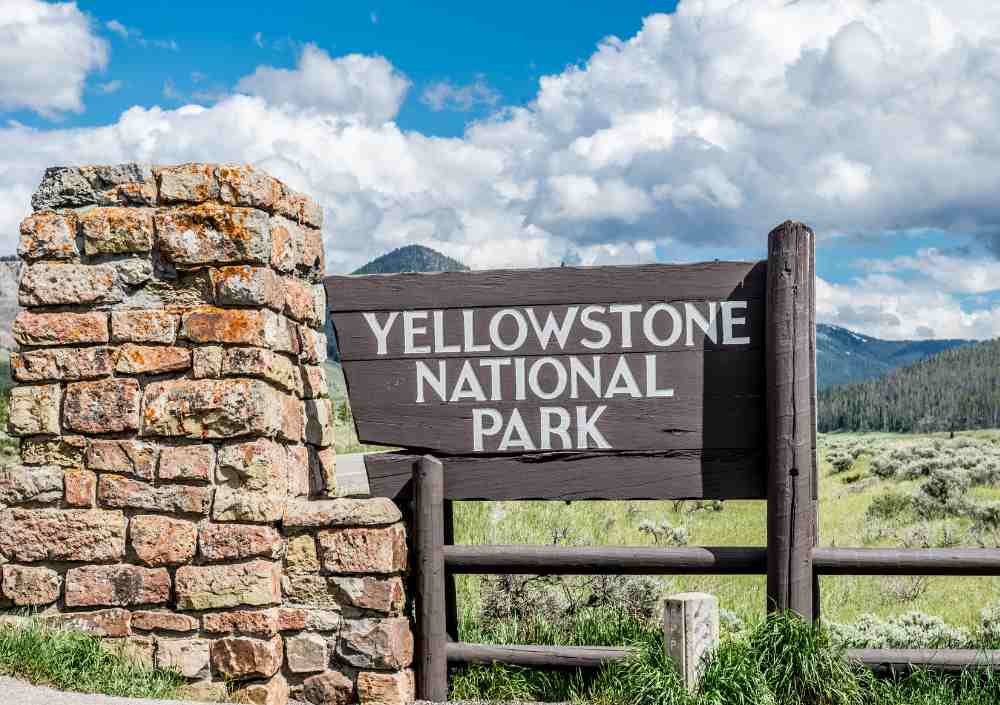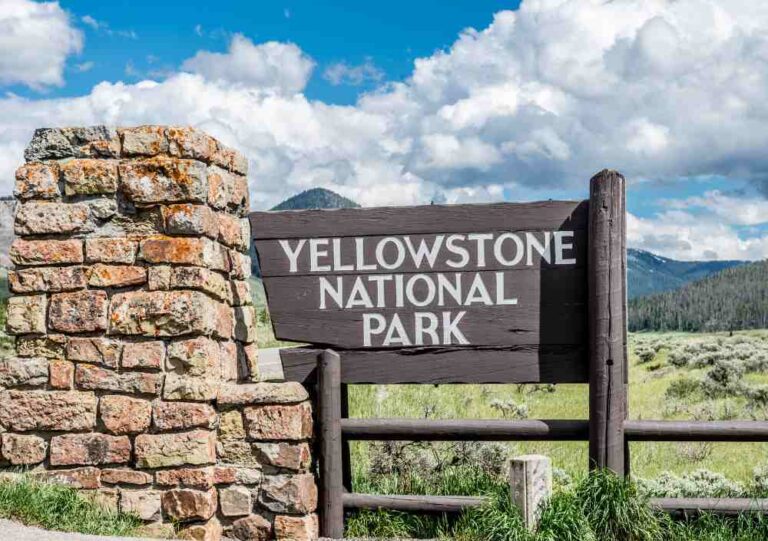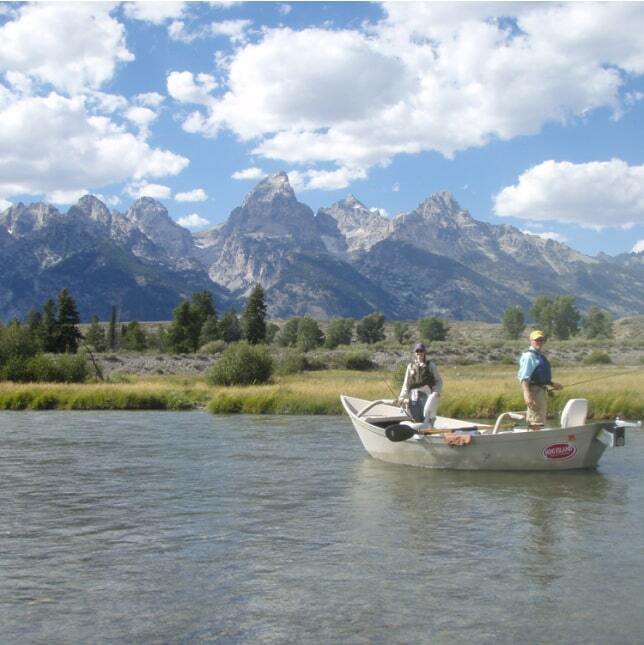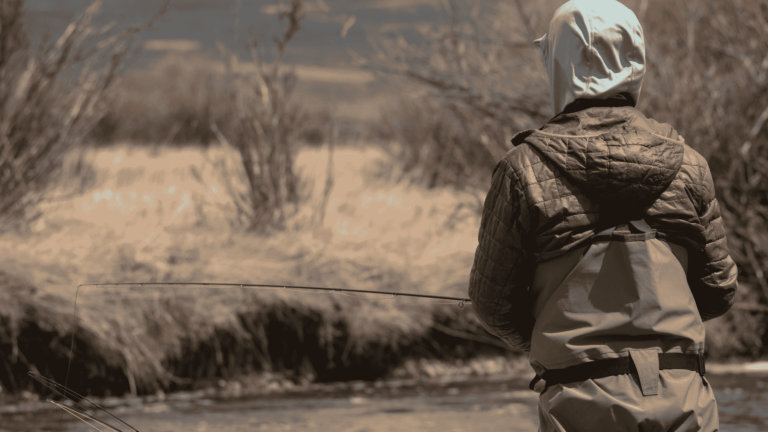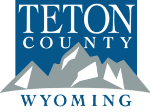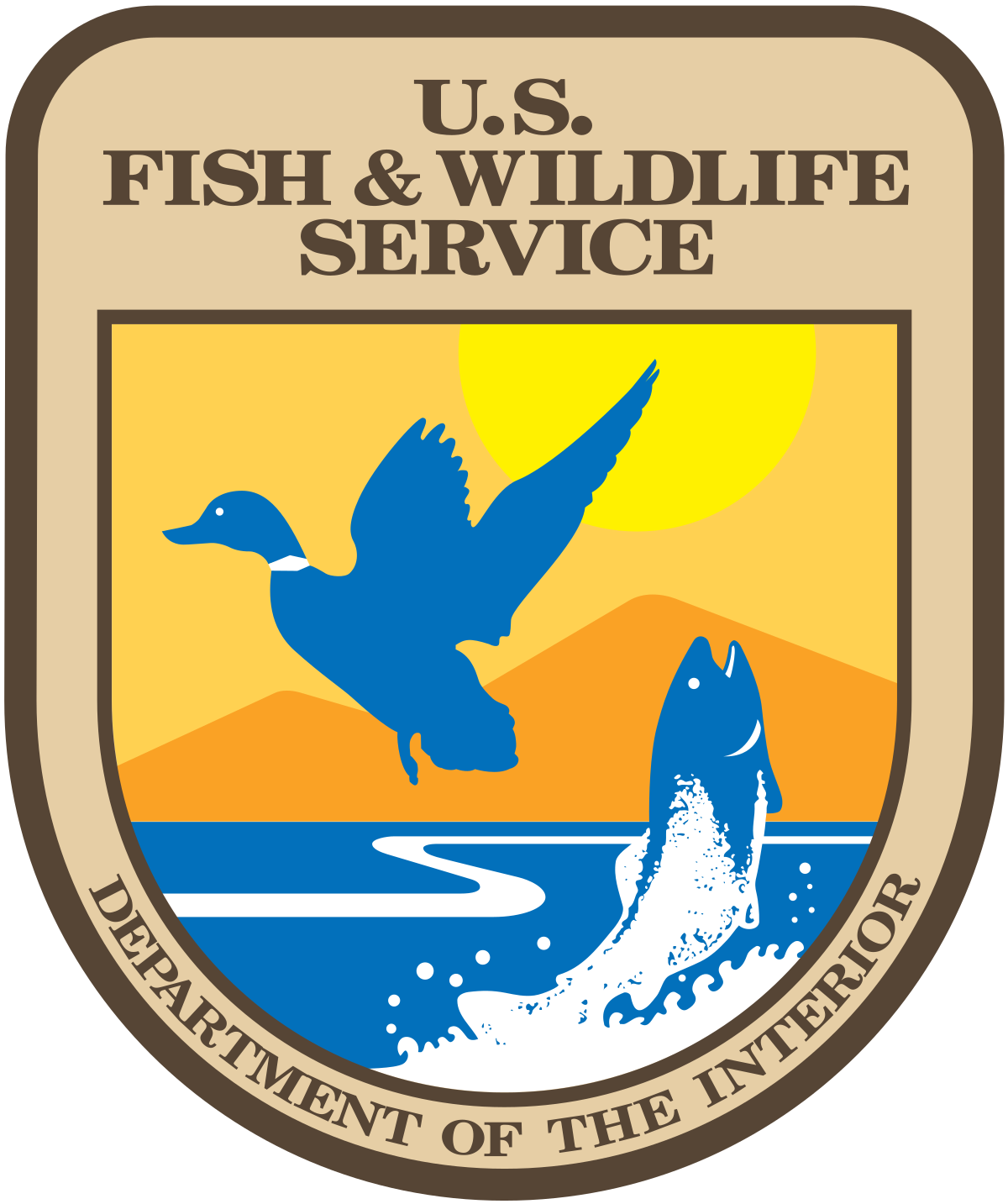Yellowstone National Park offers a diverse and rewarding fly fishing experience, set against the backdrop of some of the most stunning natural landscapes in the United States. This blog delves into the essentials of fly fishing in Yellowstone, from identifying the best spots like the Firehole River and Lewis Lake to understanding park regulations and conservation efforts. Whether you’re a seasoned angler or new to the sport, Yellowstone’s rivers and lakes provide an unparalleled opportunity to engage with the natural world and enjoy the challenge of fly fishing.
Prime Fishing Spots in Yellowstone
Where is the best place to fly fishing in Yellowstone National Park? That is a great question as the park encompasses 2.2 million acres! There are larger rivers, lakes, and small creeks scattered throughout the entire park. During spring and early summer, some creeks, and rivers are too high to fish due to runoff from snowmelt, while rivers like the Firehole and the lakes fish exceptionally well. Late summer and early fall are a great time to visit the park when the rivers and streams have returned to their normal flows. Here is a list of our favorite spots for fly fishing in Yellowstone National Park!
- The Firehole River
- Nez Pearce Creek
- Lewis Lake
The Firehole River
The Firehole River sits at the top of the Yellowstone Caldera, close to the famous Old Faithful geyser. It is often tea colored but does not turn brown like other creeks do during spring snowmelt. The river does not drop in elevation quickly, so even if the water is high, it is still very wadeable. The most productive fishing technique is to swing soft hackles down and across the river. The key is not to set the hook, but to raise the rod tip at an angle down river and across, just allowing you to come tight to the fish. It’s also recommended to start at the top of the run and work your way down. This method imitates the bugs ascending to the surface to hatch. Opening day tends to be subsurface, but the next week or two will allow for dry fly action.
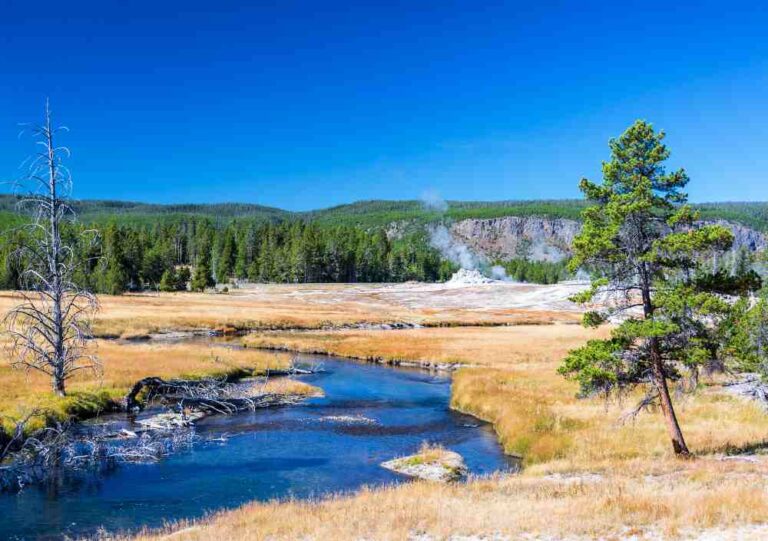
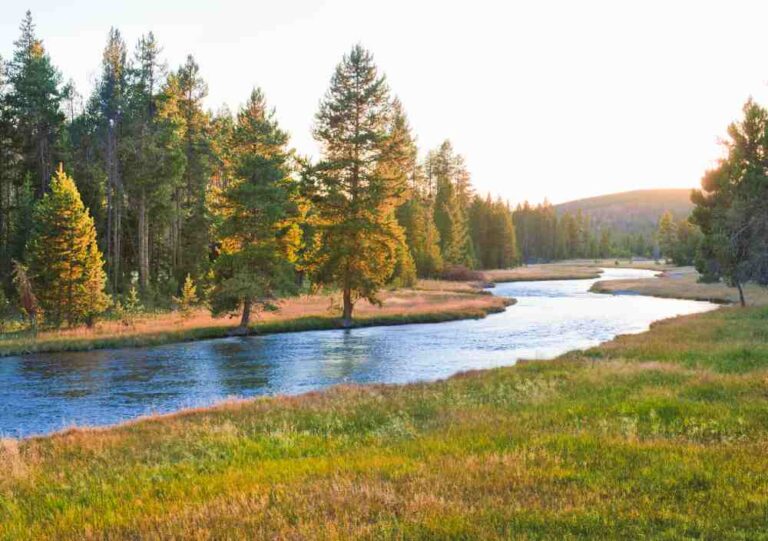
Nez Pearce Creek
Nez Perce Creek, the Firehole’s major tributary, can be colder and muddy during the spring, but is a great option during the summer and fall. The Midway Geyser Basin brings a lot of thermal water into the river, which increases the bug life. Like the Firehole River, the fishing technique includes swinging downriver and move to new holes along the river. This creek is also less known about, making it some of the best fly fishing in Yellowstone.
Lewis Lake
Lewis Lake is located about an hour and twenty minutes from downtown Jackson Hole. Ice off can occur anywhere from opening day to as late as June 15th. Shoshone Lake is above Lewis Lake, with a 2-mile channel between them. Shoshone lake is the largest lake in the lower 48 with no road access while Lewis Lake is the 2nd largest lake in Yellowstone Park. Large lake caddis, midge, and Callibetis can work well on the banks of Lewis Lake for cruising fish. Leeches striped slow on a sinking line can also work well. Fall fishing in the channel for big browns can be very good, a large streamer or chartreuse egg under an indicator works well. Get in touch with our Jackson Hole fly fishing guides to learn more about Lewis Lake fly fishing!
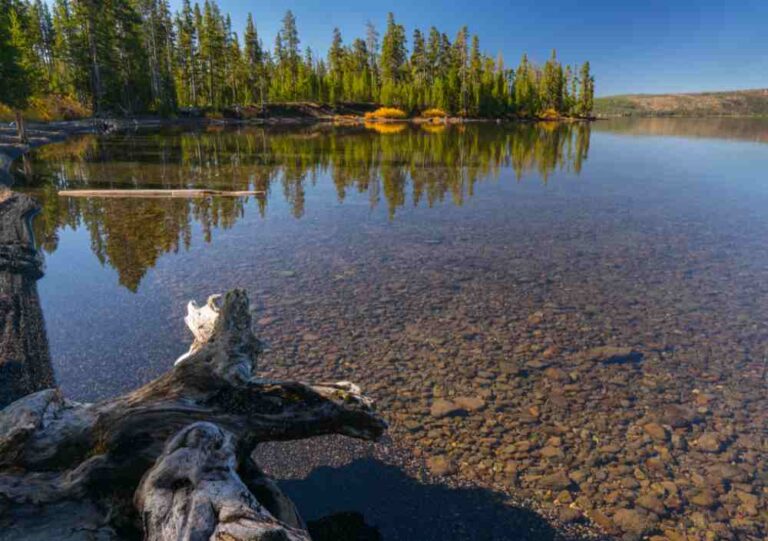
Local Guides and Resources
Fly Shops and Guide Services
There are many other rivers and lakes in Yellowstone to fly fish, our guiding operation focuses primarily on the Fire Hole River and Lewis Lake. Various shops in West Yellowstone, Gardiner, and Cody focus on different bodies of water like Yellowstone Lake, the Gardner, Madison, and other rivers. A guided trip can be a great way to explore Yellowstone Park and have ample opportunity to catch fish. Your guide will walk you through the best fly selection, the best spots to fish, and answer any fishing questions you have.
Visitor Centers
Visitor centers are a great resource for current fishing conditions, regulations, and more. The park rangers also keep track of animal activity, so they might recommend staying away from certain areas if they know grizzly bears or other predators have been there recently. There are several visitor centers in the park including the West Yellowstone Visitor Center, Old Faithful Visitor Center, Grand Visitor Center, and Canyon Visitor Center.
Fishing Regulations and Conservation
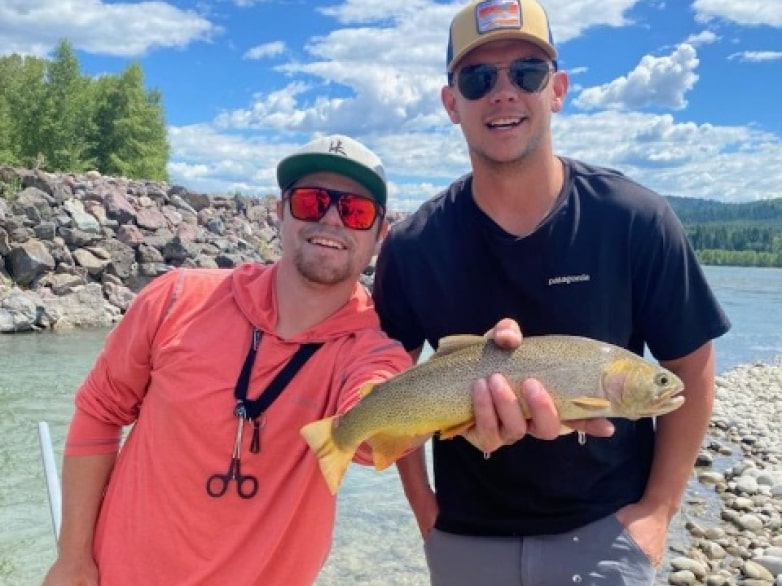
Season, Rules, and Regulations
Because Yellowstone is a National Park, there are some important regulations to be aware of and follow. Floating rivers inside the park is not allowed. The only body of waters where boating is allowed is Yellowstone, Shoshone, or Lewis Lake. Lead weighted flies or lead on the line is also prohibited. All barbs must be pinched down on hooks. The fishing season in Yellowstone begins Memorial Day Weekend and closes on the last day of October, with a few exceptions. The Lewis Channel closes Oct 15th and the Yellowstone River does not open until July 1. A fishing license is also required to fish within the park and can be purchase online or at various locations inside the park.
Catch and Release
It is critical to practice catch-and-release when fly fishing national parks and surrounding waters. This ensures sustainability of fish populations and maintains the natural balance of the park’s aquatic habitat. Pay close attention to the water temperature when you are fishing. Around 45 degrees Fahrenheit is the ideal water temperature for catching fishing. Around 60 degrees, quickly release the fish and consider skipping photo opportunities. Temperatures over 65 degrees are very stressful for the fish, so consider other activities than fishing.
Fly Fishing Yellowstone National Park is a truly magical and immersive experience that captivates both beginners and experts alike. The park’s pristine waters, diverse ecosystems, and abundance of native trout species creates a fly-fishing haven that is second to none. From rushing rives to the tranquil lakes, Yellowstone offers a variety of setting for anglers to test their skills and connect with nature. Don’t hesitate to contact Wandering Angler for questions about fly fishing in Yellowstone National Park or to book your Jackson Hole fly fishing trip!

